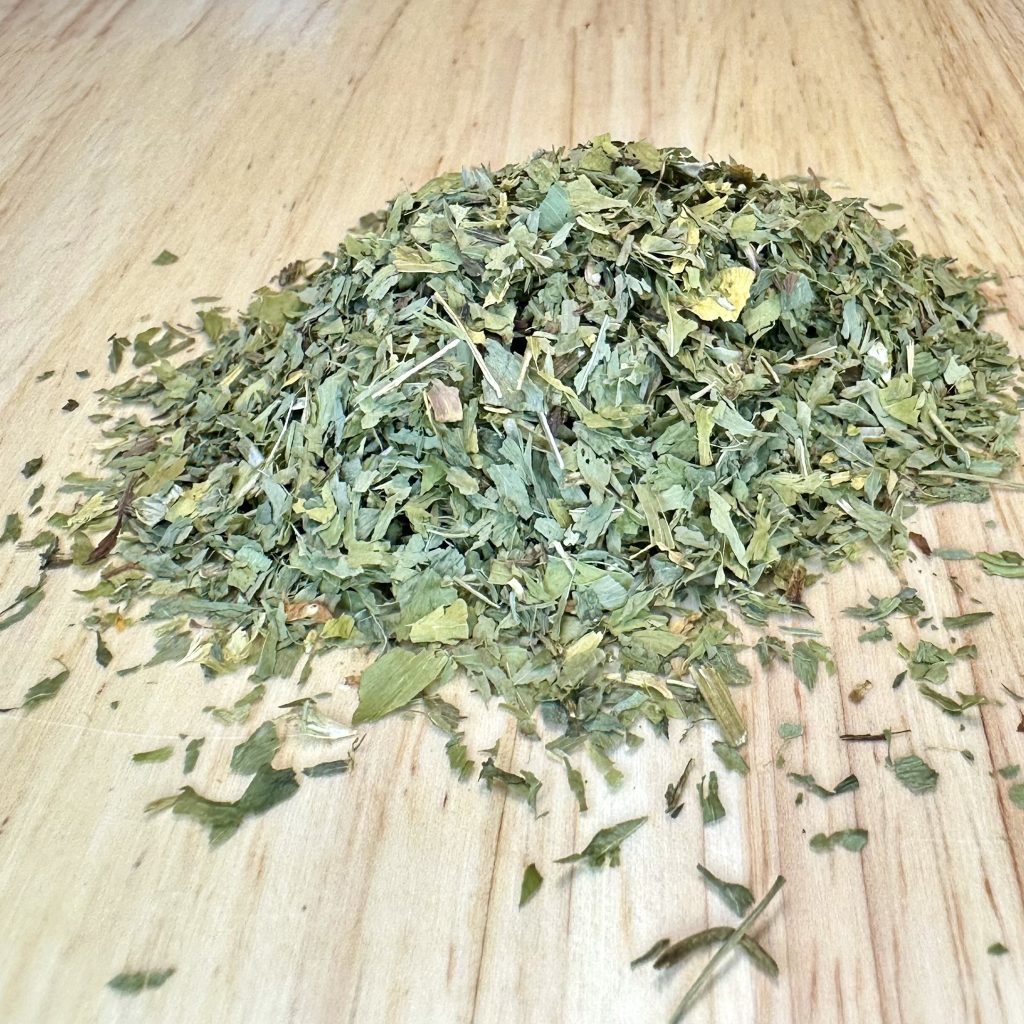Medicinal Action

Diuretic
Diuretics are known for their ability to support fluid balance by stimulating the kidneys to remove water and electrolytes from the bloodstream. They are often used to reduce swelling (edema), manage high blood pressure, or address conditions like urinary tract infections or fluid retention. Many herbs with diuretic properties are gentle and naturally support detoxification and kidney health.

Products containing Diuretic
Discover our collection of artisanal salves for holistic healing.
Oops! None yet...maybe in the future
Monographs with the (Diuretic) function
Prickly Ash
Prickly Ash Bark (Zanthoxylum americanum) is a dynamic, warming tonic that encourages movement, clarity, and vitality. Traditionally used by Indigenous peoples and early North American herbalists, it is valued as a circulatory stimulant and nervine tonic — an ally for those who feel sluggish, chilled, or stagnant.
This vibrant bark enlivens the body’s rivers of circulation, stimulating both blood and lymphatic flow. Its gentle tingling on the tongue reflects its activating nature — awakening digestion, supporting healthy warmth, and promoting awareness in the periphery.
Energetically, Prickly Ash embodies the spark of renewal. It helps encourage a sense of warmth and natural circulation throughout the body, restoring aliveness and gentle momentum.
Crafted through a 60% organic cane ethanol extraction, this tincture preserves the bark’s full aromatic and bitter complexity, capturing its ancient wisdom and vital fire.
Dosage
Take 2-4 mL (approximately 20–40 drops) up to three times daily in a small amount of water or directly on the tongue.
Best taken before meals to support circulation and digestion, or as needed when feeling cold or energetically sluggish.
Pairs well with warming teas and practices that move energy — such as walking, breathwork, or gentle stretching.
Cautions
Generally well-tolerated at suggested dosages. Consult a qualified healthcare provider before use if you are:
-
Pregnant or nursing
-
Experiencing acute inflammation or hot, dry conditions
-
Managing gastrointestinal irritation or ulcers
-
Taking medications that affect circulation or blood clotting
Avoid excessive use; Prickly Ash is a stimulating herb best used in moderate amounts.
Red Clover (Trifolium pretense)
Historical Use:
Red clover has long been regarded in European and folk herbal traditions as a “blood purifier” and lymphatic tonic. Herbalists used the blossoms as an alterative to support the body’s natural detoxification processes, promote clearer skin, and ease stubborn, lingering congestion. The plant was also valued as a gentle expectorant to relieve coughs and bronchial irritation. Topically, poultices made from red clover were used to soothe rashes, eczema, and wounds.
Current Uses:
Today, red clover is most widely recognized for its phytoestrogenic properties. Isoflavones found in the blossoms have been studied for their ability to modulate estrogen activity, making red clover a common choice for easing menopausal symptoms such as hot flashes, night sweats, and mood swings.
Red clover also remains an important herb for lymphatic and “blood-cleansing” support in contemporary herbalism, used to promote healthy skin and gentle detoxification. It is sometimes included in formulations for chronic skin conditions, sluggish lymphatic flow, or recovery from long illness.
In cardiovascular health, red clover’s isoflavones have shown potential for improving vascular elasticity and supporting healthy lipid profiles, though research is mixed. Some practitioners also recommend red clover extracts for supporting bone density in postmenopausal women.
Respiratory uses continue today, with red clover being taken as a tea or syrup to support cough relief and promote the expectoration of mucus. Topically, it is used in salves, washes, and poultices to calm inflammatory skin conditions and support wound healing.
Learn More:
Want to explore more about energetics, history and more? Visit our Materia Medica section and search for this herb to deepen your understanding.


